Home>Articles>How To Repair A Brown Electrical Cord On 50 Year Old Radio
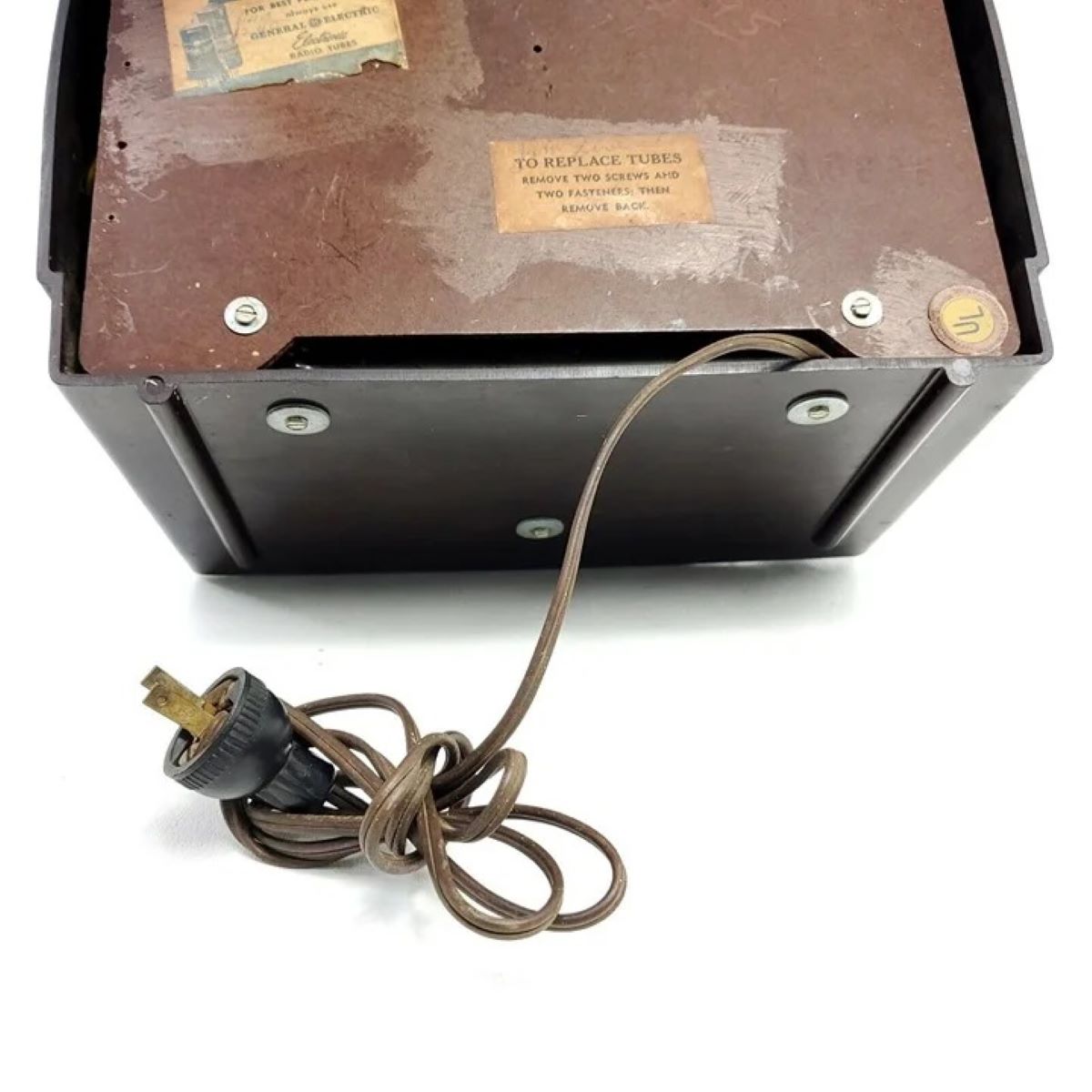

Articles
How To Repair A Brown Electrical Cord On 50 Year Old Radio
Modified: March 2, 2024
Learn the step-by-step process of repairing a broken electrical cord on a vintage 50-year-old radio with this comprehensive article. Find expert advice and tips to revive your cherished device.
(Many of the links in this article redirect to a specific reviewed product. Your purchase of these products through affiliate links helps to generate commission for Storables.com, at no extra cost. Learn more)
Introduction
Electrical appliances have become an integral part of our daily lives, making our tasks more convenient and efficient. However, over time, the cords of these appliances can deteriorate and develop faults, posing a safety risk. One such example is a 50-year-old radio with a brown electrical cord that may have experienced wear and tear.
In this article, we will guide you through the process of repairing a brown electrical cord on a 50-year-old radio. This step-by-step guide will help you understand the tools you need, assess the damage, and execute the repair effectively. By following these instructions carefully, you can restore the functionality and safety of your vintage radio.
Before we dive into the repair process, it’s important to emphasize the significance of safety when working with electrical components. Always ensure that the radio is unplugged from the power source before beginning any repairs. Additionally, if you are unsure or uncomfortable with performing the repair yourself, it is recommended to seek the assistance of a professional.
Now that we’ve set the context, let’s move on to the first step: gathering the necessary tools.
Key Takeaways:
- Safely repair a vintage radio’s brown electrical cord by gathering tools, assessing damage, and connecting the new cord. Enjoy the nostalgia of restored functionality while prioritizing safety and attention to detail.
- Secure and test the repaired electrical cord to ensure a reliable power supply for your 50-year-old radio. Embrace the satisfaction of preserving history and relish the joy of listening to music once again.
Gather the necessary tools
Before you begin repairing the brown electrical cord on your 50-year-old radio, it is essential to gather all the necessary tools. Having the right tools at hand will ensure a smooth and efficient repair process. Here are the tools you will need:
- Wire cutters: These are essential for cutting and removing the damaged portion of the electrical cord. Make sure you have a pair of quality wire cutters that provide a clean cut.
- Wire strippers: To expose the inner wires of the cord, you will need a pair of wire strippers. This tool allows you to remove the insulation from the wires without damaging them.
- Electrical tape: After connecting the new cord to the radio, electrical tape is used to secure the wires and provide insulation. Choose high-quality electrical tape that can withstand heat and maintain a strong grip.
- Heat shrink tubing: To further secure the connection and provide an additional layer of insulation, heat shrink tubing is an excellent choice. Ensure that you have tubing of the appropriate size to fit over the wires.
- Heat gun or lighter: Heat shrink tubing requires heat to shrink and provide a tight seal. A heat gun or lighter can be used to apply heat to the tubing, causing it to shrink and form a protective covering.
- Screwdriver: Depending on the type of radio, you may need a screwdriver to access the internal components. Choose the appropriate screwdriver size and type based on the screws used in your radio.
- Multimeter: For those who are more experienced or want to perform additional tests, a multimeter is a handy tool. It allows you to measure voltage, resistance, and continuity, ensuring the proper functioning of the electrical connections.
Once you have gathered all the necessary tools for the repair, you are ready to move on to the next step: assessing the damage to the brown electrical cord on your 50-year-old radio.
Assess the damage
Before proceeding with any repair work, it is crucial to assess the extent of the damage to the brown electrical cord on your 50-year-old radio. Taking the time to evaluate the damage will help you determine the appropriate course of action and ensure a successful repair. Here are the steps to assess the damage:
- Visually inspect the cord: Start by carefully examining the entire length of the cord. Look for any visible signs of damage such as cuts, frayed wires, or exposed insulation. Take note of the location and severity of the damage.
- Bend and flex the cord: Gently bend and flex the cord along its length. If you notice any intermittent power loss or flickering of the radio, it may indicate an internal break or loose connection. Take note of any specific areas where the cord behaves differently.
- Test the cord with a multimeter (optional): If you have a multimeter, you can perform some tests to check the continuity and resistance of the wires. Set the multimeter to the appropriate settings and carefully touch the probes to the exposed wires. Any readings indicating an open circuit or high resistance are signs of damage.
Based on your assessment, you can determine the severity of the damage and decide whether a repair is possible or if a replacement cord is necessary. Minor cuts or frayed wires can often be repaired, while major damage or internal breaks may require a replacement cord.
Once you have assessed the damage, it’s time to move on to the next step: cutting off the damaged portion of the cord.
Cut off the damaged portion of the cord
Now that you have assessed the damage to the brown electrical cord on your 50-year-old radio, it’s time to proceed with the repair. The first step in the actual repair process is cutting off the damaged portion of the cord. Follow these steps to carry out this task:
- Unplug the radio: Before you begin any repairs, always ensure that the radio is unplugged from the power source. This is a crucial safety measure to prevent any electrical shocks or accidents.
- Identify the damaged section: Based on your assessment, locate the area of the cord that is damaged or compromised. This section will need to be removed entirely.
- Measure and mark the cutting point: Use a tape measure or ruler to measure a sufficient distance from both ends of the damaged section. The measured distance should be long enough to remove the damaged portion while still leaving enough length for a proper connection.
- Secure the cord in place: If the radio has any clips or ways to secure the cord, use them to hold the cord firmly in place. This will prevent it from slipping or moving while you cut.
- Use wire cutters to cut the cord: Hold the wire cutters perpendicular to the cord and carefully cut through it at the marked cutting point. Apply steady pressure to ensure a clean cut.
After cutting off the damaged portion of the cord, it’s important to note that the remaining exposed wires must be handled with care. Avoid touching them directly, and make sure they do not come into contact with any other conductive surfaces to prevent potential electrical hazards.
With the damaged section removed, you are ready to move on to the next step: stripping the insulation from the wires to prepare them for connection.
Strip the insulation from the wires
After cutting off the damaged portion of the brown electrical cord on your 50-year-old radio, the next step in the repair process is to strip the insulation from the wires. Stripping the insulation will expose the inner copper wires, allowing for proper connection and electrical conductivity. Follow these steps to strip the insulation:
- Gather your wire strippers: Ensure that you have a pair of wire strippers that are appropriate for the gauge of the wires in your electrical cord. Using the wrong size strippers may damage the wires.
- Identify the wires: Take a close look at the cut end of the cord and identify the individual wires inside. Typically, there will be two or three wires inside the insulation: one or two black or brown wires and one green or copper wire.
- Adjust the wire strippers: Most wire strippers have different-sized holes for different wire gauges. Choose the appropriate hole size that matches the gauge of your wires.
- Position the wire strippers: Hold the wire strippers with one hand and position them about a centimeter away from the cut end of the cord. Make sure the blades of the strippers are facing towards the insulation.
- Apply pressure and rotate: Gently squeeze the handles of the wire strippers to apply pressure to the insulation. While maintaining pressure, rotate the strippers around the cord a few times to cut through the insulation.
- Remove the insulation: Once you have made a complete rotation, release the pressure on the strippers and gently pull the stripped insulation away from the wires. The insulating material should come off easily, revealing the copper wires.
- Repeat for other wires: If there are multiple wires inside the cord, repeat the stripping process for each wire.
It’s essential to exercise caution while stripping the insulation to avoid damaging the delicate copper wires. Take your time, apply gentle pressure, and double-check your wire strippers’ positioning to ensure a clean and precise strip.
With the insulation stripped, you are now ready to proceed to the next step: connecting the new cord to the radio.
When repairing a brown electrical cord on a 50-year-old radio, start by carefully inspecting the cord for any fraying or damage. If there are any exposed wires, use electrical tape to cover them. If the damage is extensive, consider replacing the entire cord with a new one to ensure safety.
Read more: How To Replace Electrical Cord
Connect the new cord to the radio
Now that you have stripped the insulation from the wires of the brown electrical cord on your 50-year-old radio, it’s time to connect the new cord to the radio. This step is crucial for establishing a secure and proper electrical connection. Follow these steps to connect the new cord:
- Prepare the new cord: Ensure that you have a suitable replacement cord that matches the specifications of your radio. Measure and cut the new cord to the desired length, keeping in mind any extra length needed for flexibility.
- Match the wire colors: Take a close look at the wires from the new cord and the wires from the radio. Match the colors of the wires to their corresponding counterparts. Typically, black or brown wires are for power, while green or copper wires are for grounding.
- Twist the wire ends: Take each bare wire end from the new cord and twist it clockwise to create a tight and secure connection. This will ensure that the wires are tightly bound, preventing any loose connections.
- Connect the wires: Once the wire ends are twisted, match each wire from the new cord with its corresponding wire from the radio. For example, connect the black or brown wire from the new cord to the black or brown wire from the radio, and the green or copper wire to its counterpart.
- Twist the wires together: Hold the twisted wire ends together and twist them clockwise to create a secure connection. Make sure the twisted wires are tight and have minimal exposed copper.
- Insulate the connections: To provide insulation and further secure the connections, wrap each individual connection with electrical tape. Ensure that the tape covers the exposed wires completely and forms a tight seal.
It’s important to take your time during this step and ensure that the connections are secure and properly matched. Double-check that the color-coded wires are connected correctly to avoid any potential electrical issues.
With the new cord securely connected to the radio, you’re ready to move on to the next step: securing the cord in place.
Secure the cord in place
After successfully connecting the new cord to your 50-year-old radio, the next step is to secure the cord in place. This ensures that the cord remains firmly attached and prevents any strain or accidental disconnection. Follow these steps to secure the cord:
- Check for existing cord restraints: Examine the radio and see if there are any built-in cord restraints or clips designed to hold the cord in place. Some radios have specific slots or channels where the cord can be inserted, providing a secure and organized setup.
- Apply adhesive clips or hooks (optional): If your radio lacks built-in cord restraints, you can use adhesive clips or hooks to secure the cord. These self-adhesive accessories can be attached to the radio casing or any nearby surface and provide a convenient way to keep the cord in place.
- Wrap the cord: For added security, you can wrap a small section of the cord around a fixed object within the radio. This helps relieve any tension or stress on the connection point and prevents the cord from becoming loose or disconnected over time.
- Secure with zip ties or cable ties (optional): If you prefer a more permanent and robust solution, you can use zip ties or cable ties to secure the cord. Slide a zip tie or cable tie around the cord and tighten it, ensuring that it holds the cord firmly in place without squeezing too tightly.
Make sure to position the cord in a way that avoids any sharp edges or potential damage within the radio. A neatly secured cord not only enhances the aesthetics of the radio but also ensures a safe and reliable connection.
With the cord securely in place, it’s time for the final step: testing the repaired electrical cord on your 50-year-old radio.
Test the repaired electrical cord
After securing the cord in place on your 50-year-old radio, the final step in the repair process is to test the functionality of the repaired electrical cord. Testing ensures that the cord is safely connected and that the radio receives a consistent power supply. Follow these steps to test the repaired electrical cord:
- Double-check the connections: Before plugging in the radio, ensure that all the wire connections are secure and properly insulated. Make sure there are no exposed wires that could create a short circuit or potential safety hazard.
- Plug in the radio: Insert the plug of the repaired electrical cord into a reliable power outlet. Make sure the outlet is easily accessible and properly grounded to avoid any electrical malfunctions.
- Turn on the radio: Switch on the power button or knob on the radio to power it on. Listen for any unusual sounds or observe any abnormal behavior from the radio as it boots up.
- Test different functions: Check the various functions of the radio, such as adjusting the volume, tuning the frequency, or switching between AM and FM bands. Test each function to ensure they are all functioning properly with a stable power supply.
- Observe for any issues: Monitor the radio for an extended period to see if it experiences any power fluctuations, unusual noises, or intermittent cutoffs. If you notice any abnormalities, immediately turn off the radio and revisit the connection points to investigate and resolve the issue.
It’s important to note that testing the repaired electrical cord is not limited to the initial functional checks. Periodically inspect the cord for any signs of wear and tear or loose connections to maintain a safe and reliable power supply for your vintage radio.
With the repaired electrical cord successfully tested, you have successfully finished the repair process for your 50-year-old radio. Enjoy listening to your restored vintage radio and cherish the nostalgia it brings!
If at any point during the repair process you feel unsure or uncomfortable, it’s always wise to seek the assistance of a professional to ensure the safety and proper functioning of the electrical cord and your vintage radio.
With that, we come to the end of this guide. Congratulations on successfully repairing the brown electrical cord on your 50-year-old radio!
Conclusion
Repairing the brown electrical cord on a 50-year-old radio can be a rewarding endeavor that brings back the nostalgia of a bygone era. By following the step-by-step guide outlined in this article, you have learned how to assess the damage, cut off the damaged portion of the cord, strip the insulation from the wires, connect the new cord to the radio, secure the cord in place, and test the repaired electrical cord.
Throughout the process, it is crucial to prioritize safety by unplugging the radio before starting any repairs and handling electrical components with care. Remember, if you feel uncertain or uncomfortable, it is always recommended to seek professional assistance.
Repairing the brown electrical cord on your vintage radio not only restores its functionality but also ensures a safer and more enjoyable user experience. You have taken an important step in preserving a piece of history and extending the life of your beloved radio for years to come.
Remember, periodic inspections and maintenance of the repaired cord are recommended to proactively identify any potential issues and prevent future damage.
Enjoy the satisfaction of having repaired it yourself and relish the joy of listening to music or radio broadcasts on your vintage radio once again. Let the nostalgia and warm tones fill your space as you celebrate the successful restoration of your 50-year-old radio.
Thank you for following this guide, and happy listening!
Frequently Asked Questions about How To Repair A Brown Electrical Cord On 50 Year Old Radio
Was this page helpful?
At Storables.com, we guarantee accurate and reliable information. Our content, validated by Expert Board Contributors, is crafted following stringent Editorial Policies. We're committed to providing you with well-researched, expert-backed insights for all your informational needs.
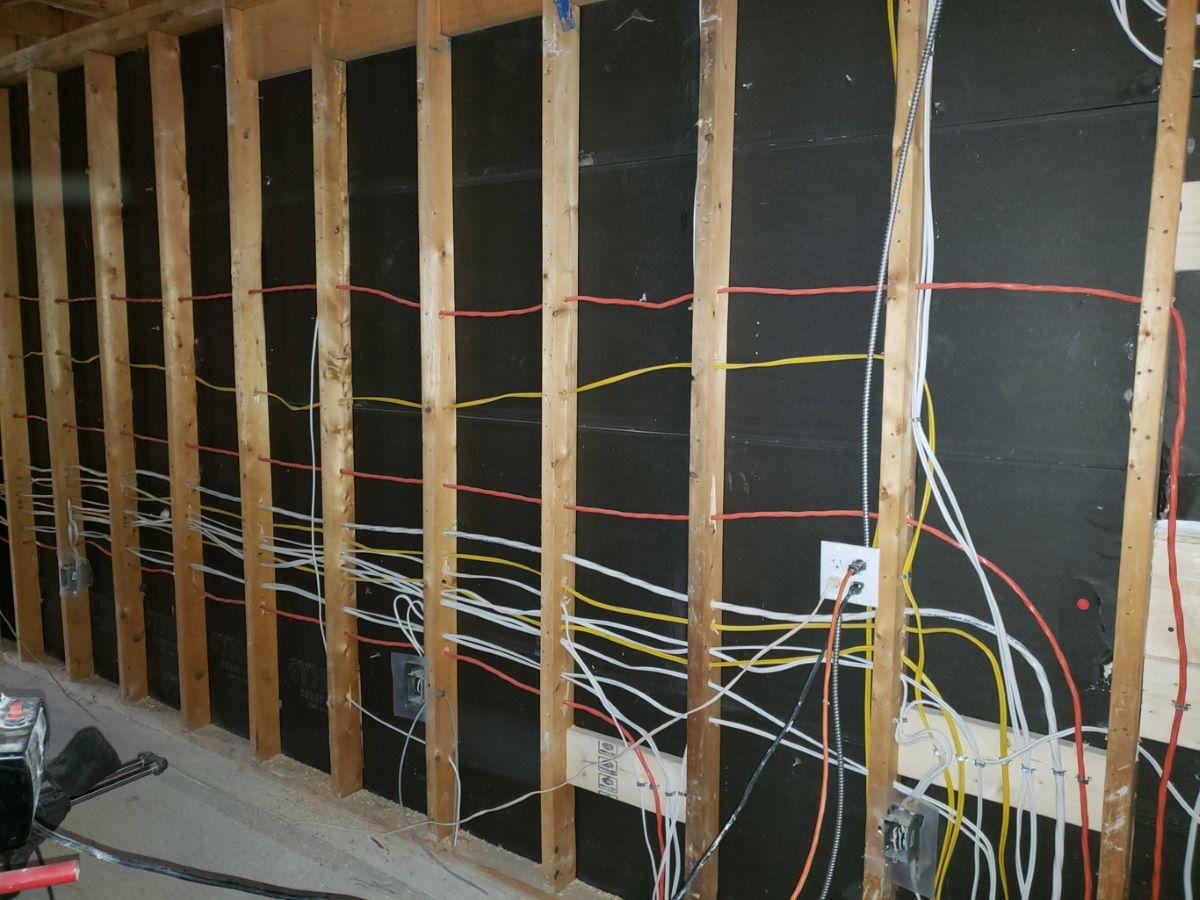
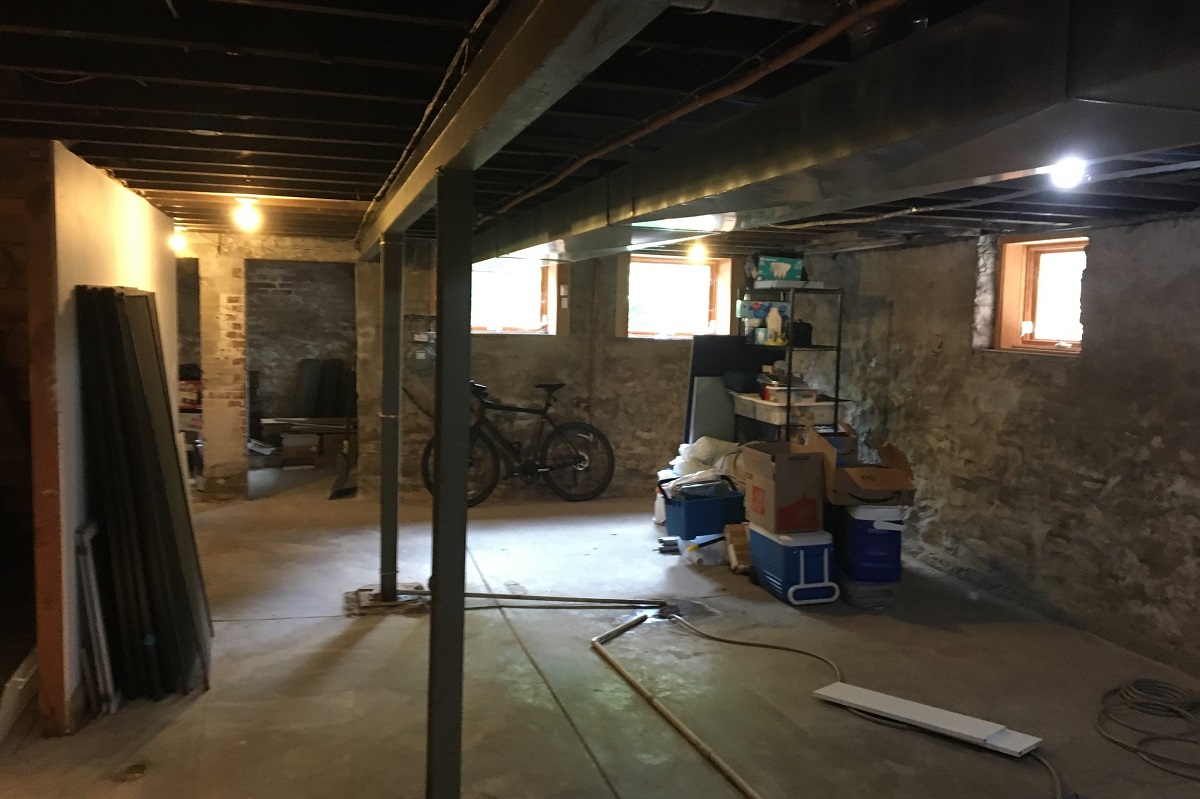
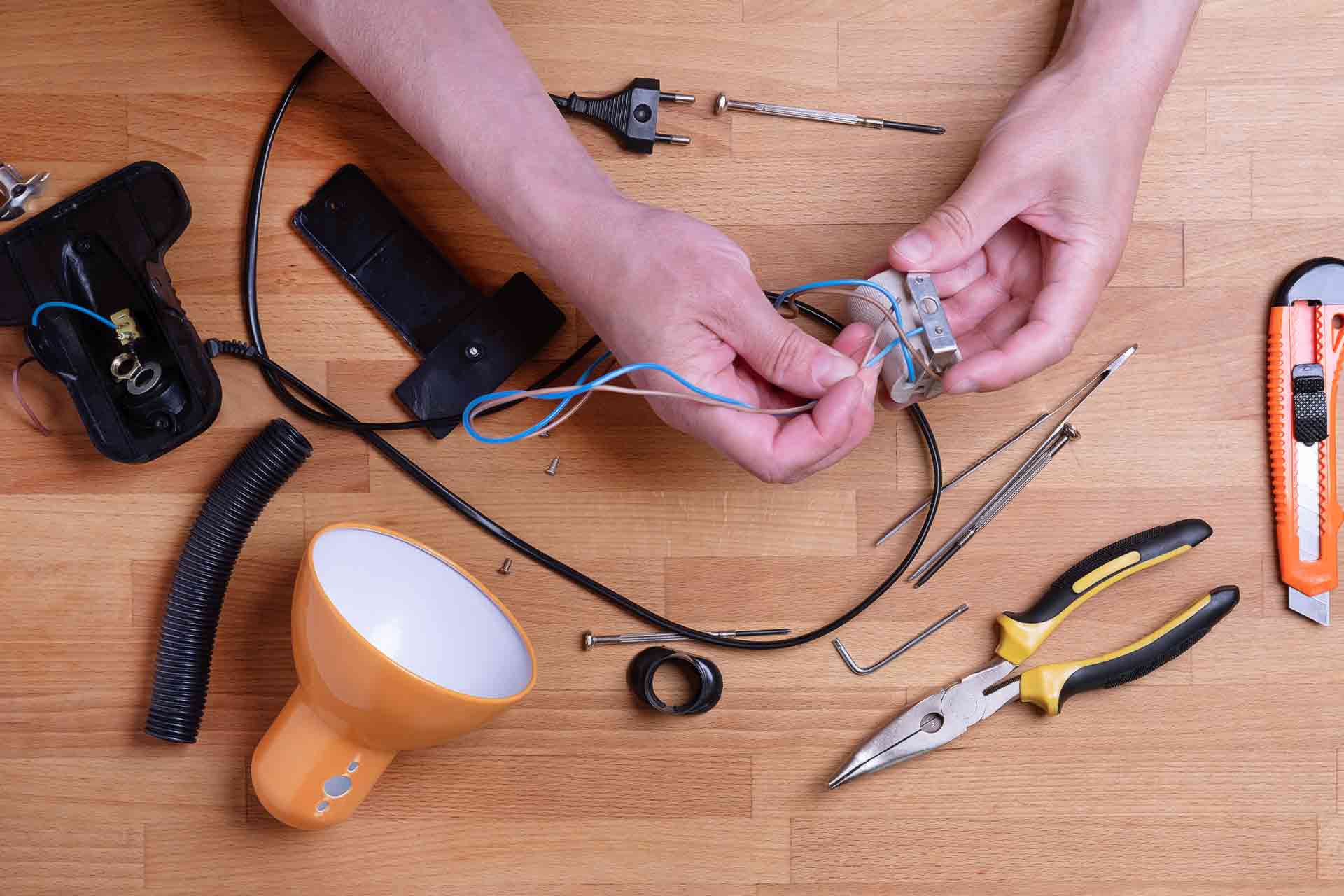
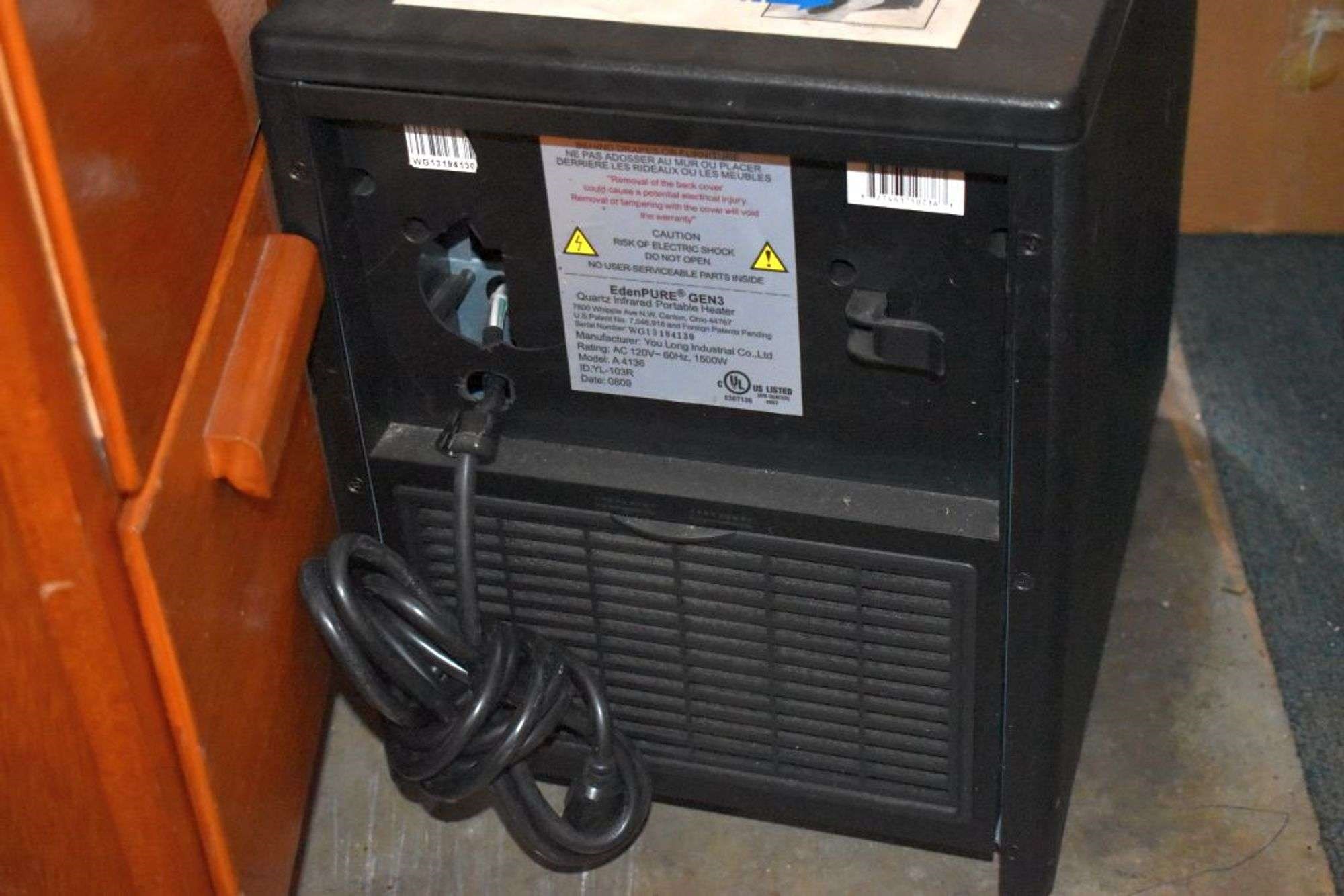

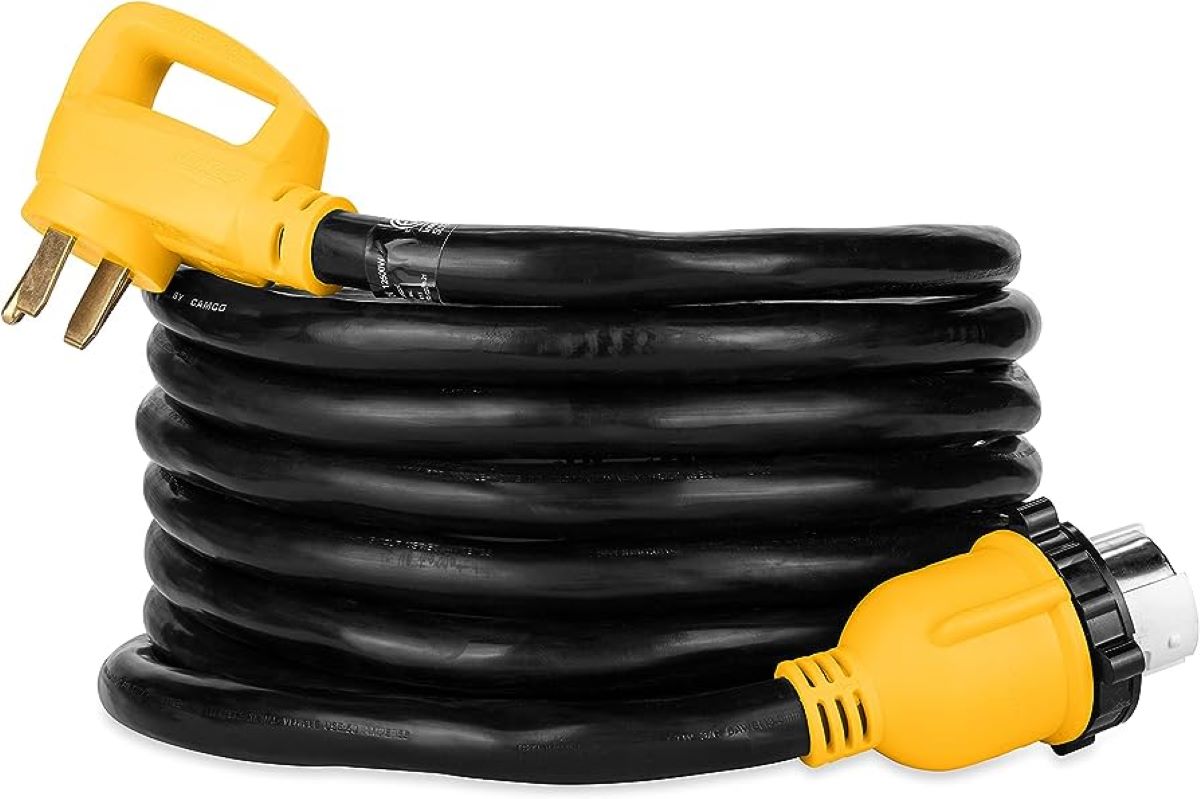
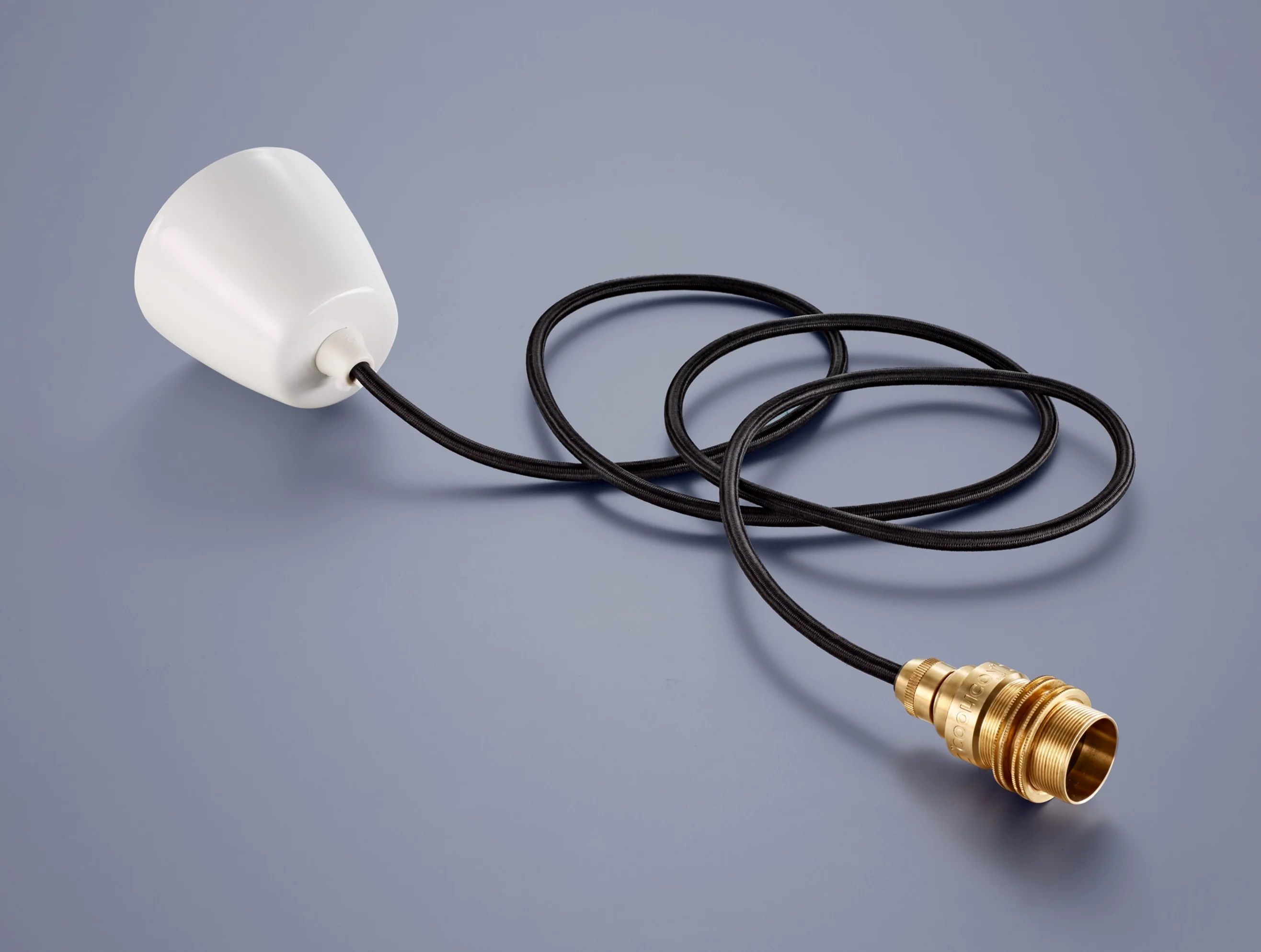
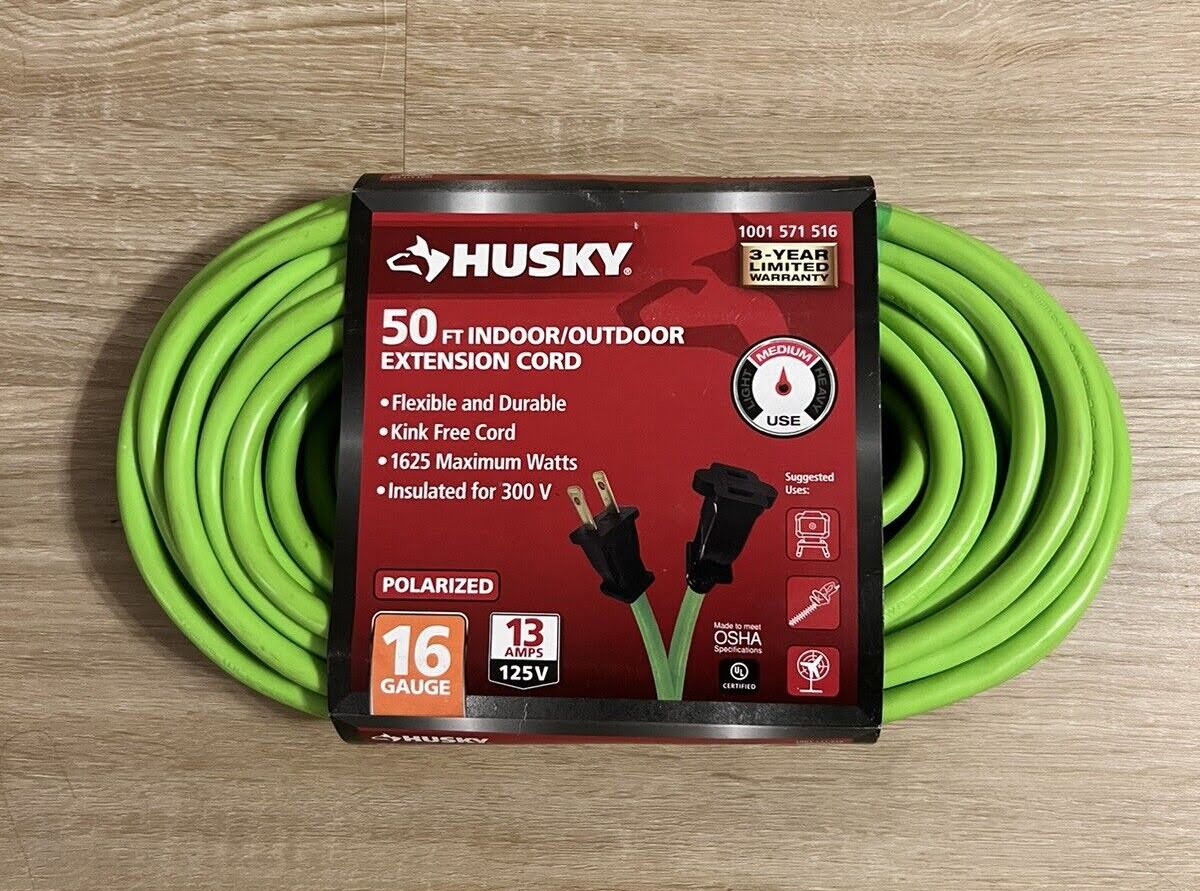
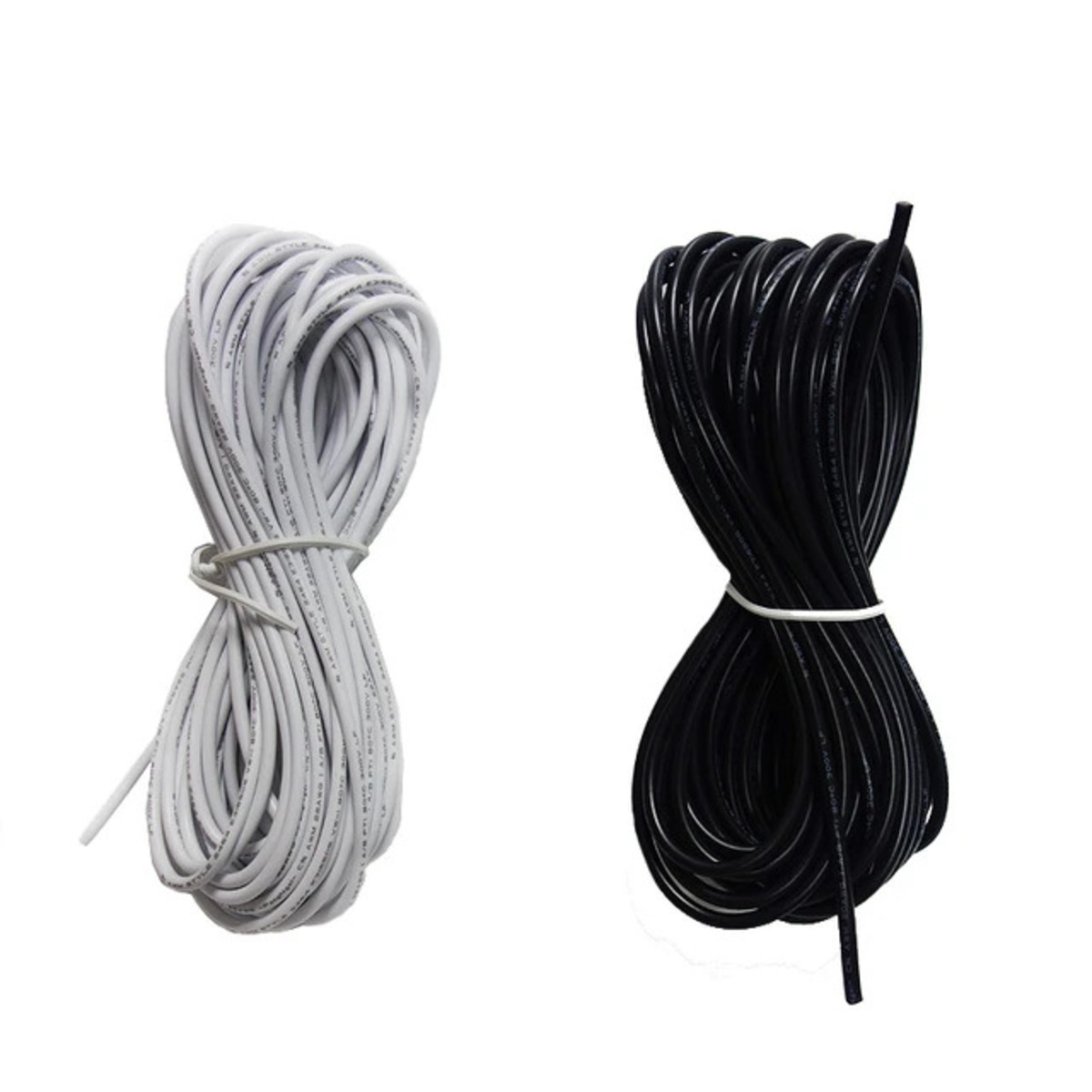
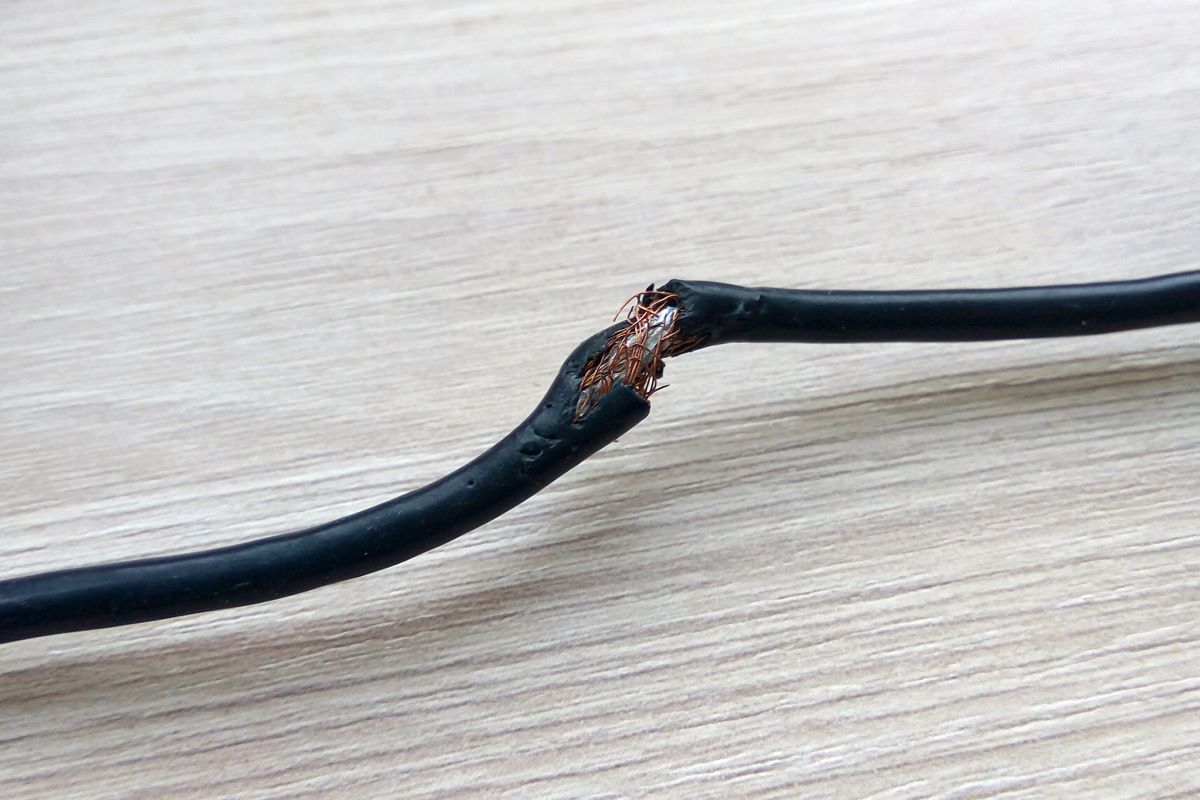

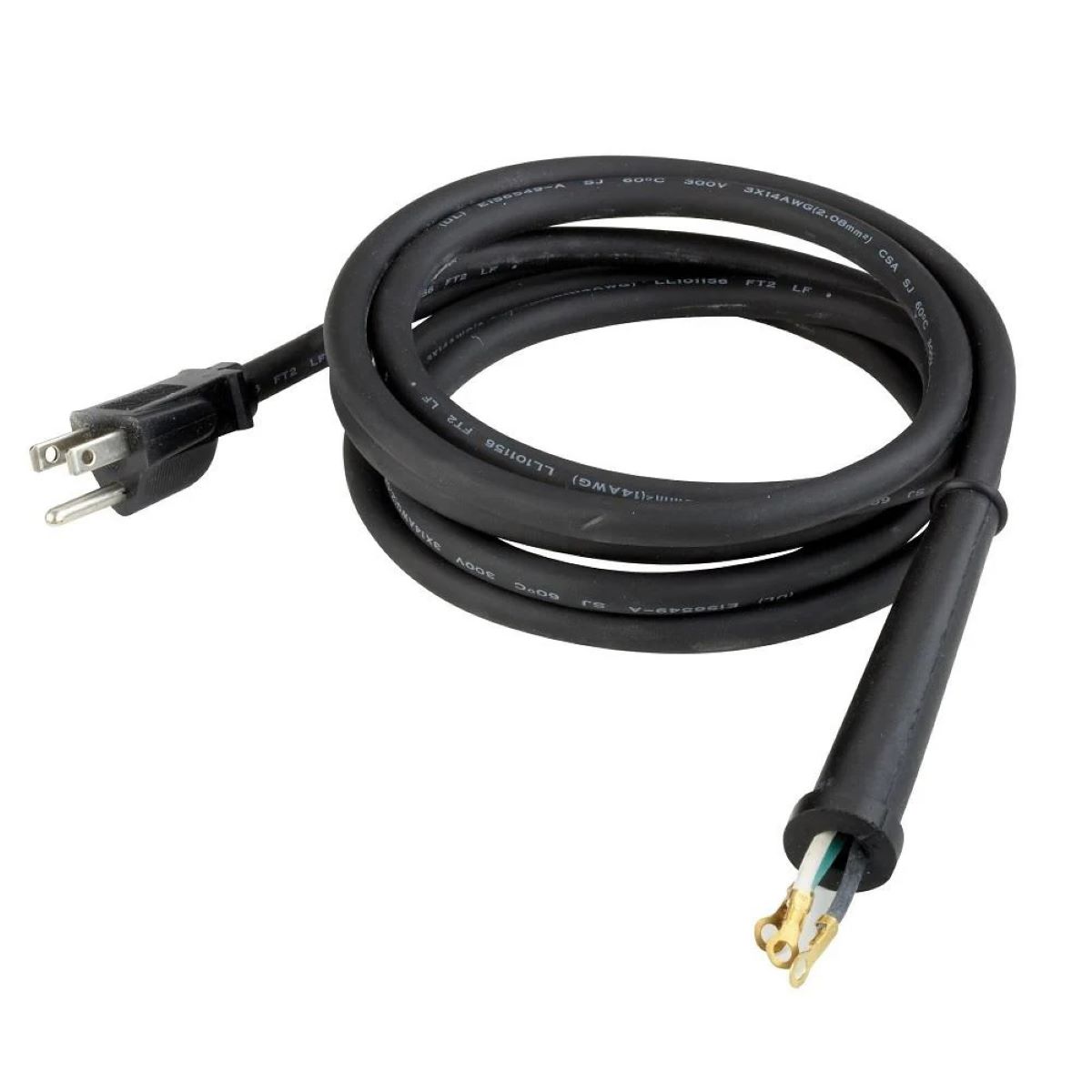
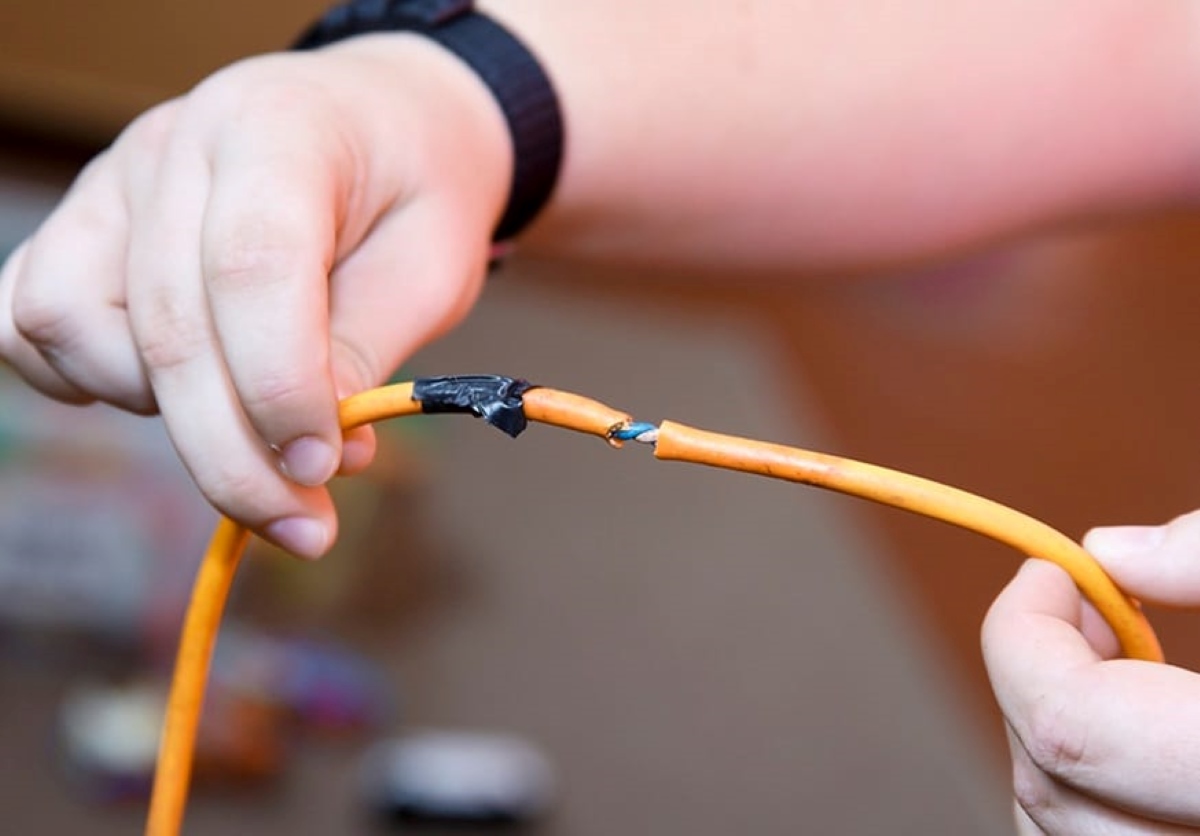


0 thoughts on “How To Repair A Brown Electrical Cord On 50 Year Old Radio”